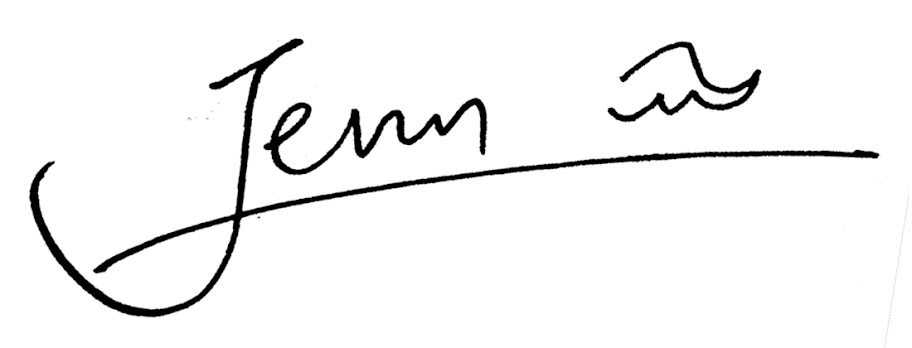Winding through the west side of the city for more than 20 blocks, stretching from the historical Meatpacking district, through the West Chelsea art gallery neighborhood and finally making its way to 34th street, New York City’s High Line Park’s redefinition of a public space has increasingly gained its reputation as the Central Park of the 21st Century.
What used to be an abandoned elevated railroad in downtown Manhattan, advocated by Friends of the High Line, has now been preserved, redesigned, and being reused as a new public space. The open competition in 2003 that called for proposed designs to revitalize the derelict industrial site has spurred awareness for the sustainable potentials such infrastructures have to offer. Like a green ribbon, the park runs linearly through the city with several access points that offer different key components for the public to enjoy relax and explore when escaping from the chaotic city streets and urban hustle-and-bustle.
The selected team led by Field Operations, a landscape architecture firm, including Diller Scofidio + Renfro, as well as the leading figure of “New Perennial” horticultural designer, Piet Oudolf, conceptualized and designed the site to retain its original gritty urban character and act as a green corridor that connects the city through means of recreation, aesthetics and urban ecology. Many of the materials, such as the original railroad tracks from the site have been preserved and reused throughout the park, capturing the essence of the city’s character and evoking its past history.
The High Line Park represents a new design strategy, known as Agri-tecture – part agriculture and part architecture. It is an engagement of vegetation, pedestrian use and building materials to increase both natural plant growth and walkability for pedestrians. The designed paving system consisting of pre-cast concrete planks not only encourages emergent wild grass growth through the cracks between the planks, it also evokes the vernacular vocabulary of the site’s character.
Transformed essentially into a green roof that lies on top of an elevated railroad track, the park consists of multiple layers that contribute to its ecologically sustainable functions such as drainage and vegetation. Parts of the High Line are designed specifically to harvest rainwater from nearby roofs of buildings so that water can be conserved and re-circulated. Noted planting designer Piet Oudolf was inspired by the self-seeded landscape that grew naturally out of the deteriorated rail tracks to use native, drought-resistant plant species. The wide variety of perennial grasses, shrubs and trees were chosen for their sustainability, ability to meet the area’s micro-climate, as well as its integration to the landscape to express a more local, native and urban atmosphere.
Connecting the west side of the city with an alluring public space, the park offers not only appealing breaks from the usual urban environments but also an opportunity to experience views of the Hudson River and the city skyline. Many more social benefits follow the opening of this successful urban renewal project such as greening opportunities and alternative transportation. Working together with the New York City Department of Parks and Recreation, Friends of the High Line have developed many educational programs for schools and the public to get involved and contribute to the project.
The High Line Park project has restored great confidence in many other urban renewal projects around the city as well as globally. More than 30 projects have been initiated around the neighborhood, all envisioned to connect with the new community platform. Bringing together nature, people and the built environment, the High Line demonstrates how abandoned infrastructure can be beneficially reused, revitalizes the community as a whole, and exhibits sustainability for the city’s future.
References
- ASLA – Designing Our Future: Sustainable Landscapes
< http://www.asla.org/sustainablelandscapes/highline.html> - The New York Review of Books – Up In The Park by Martin Filler
< http://www.nybooks.com/articles/archives/2009/aug/13/up-in-the-park/> - The Arch Daily – High Line
< http://www.archdaily.com/24362/the-new-york-high-line-officially-open/> - The High Line
< http://www.thehighline.org/> - The High Line Blog – “Designing the High Line”
< http://blog.thehighline.org/2008/08/12/designing-the-high-line-revisiting-a-funky-idea-called-agri-tecture/>



沒有留言:
張貼留言